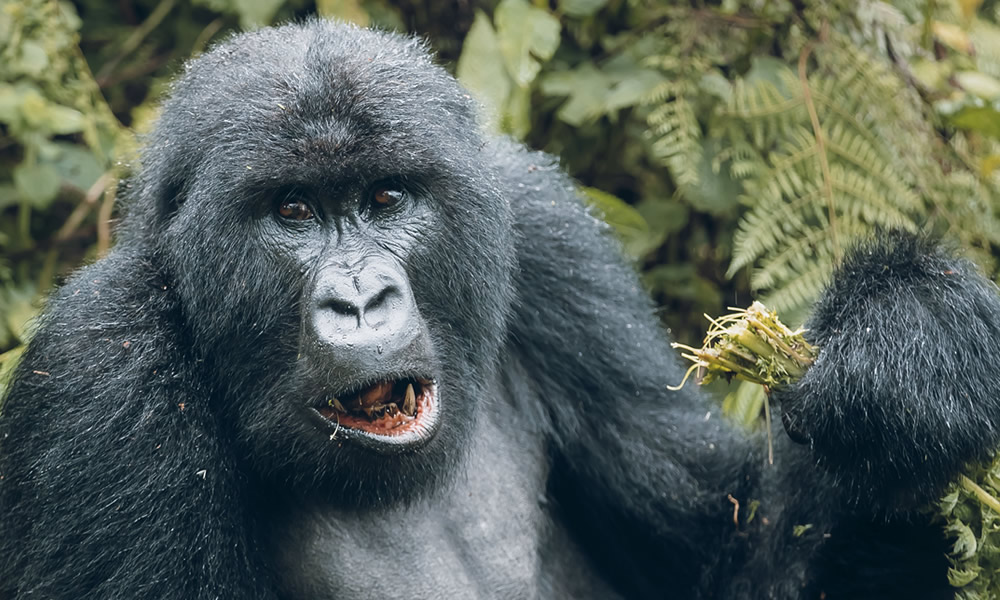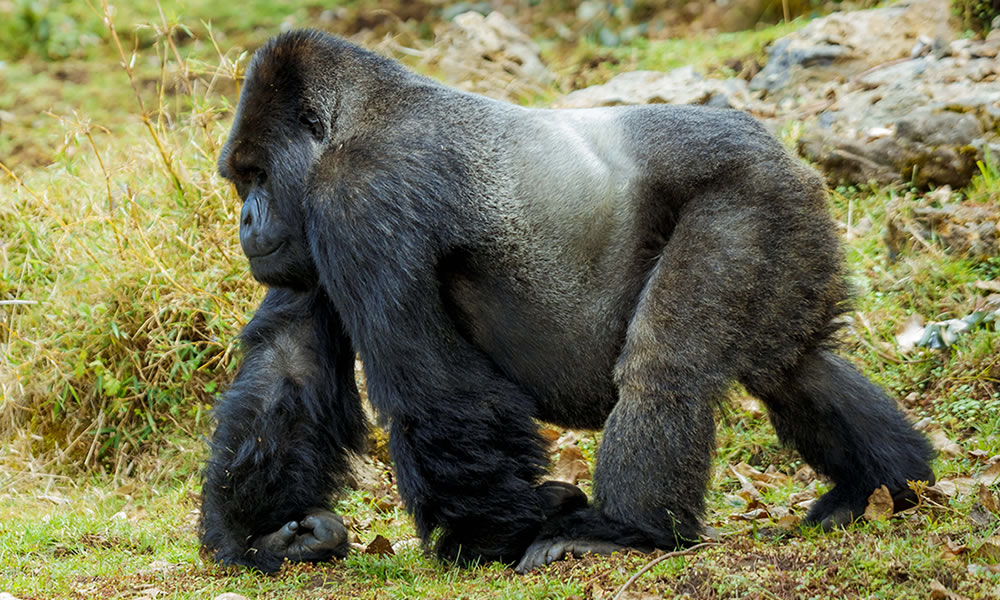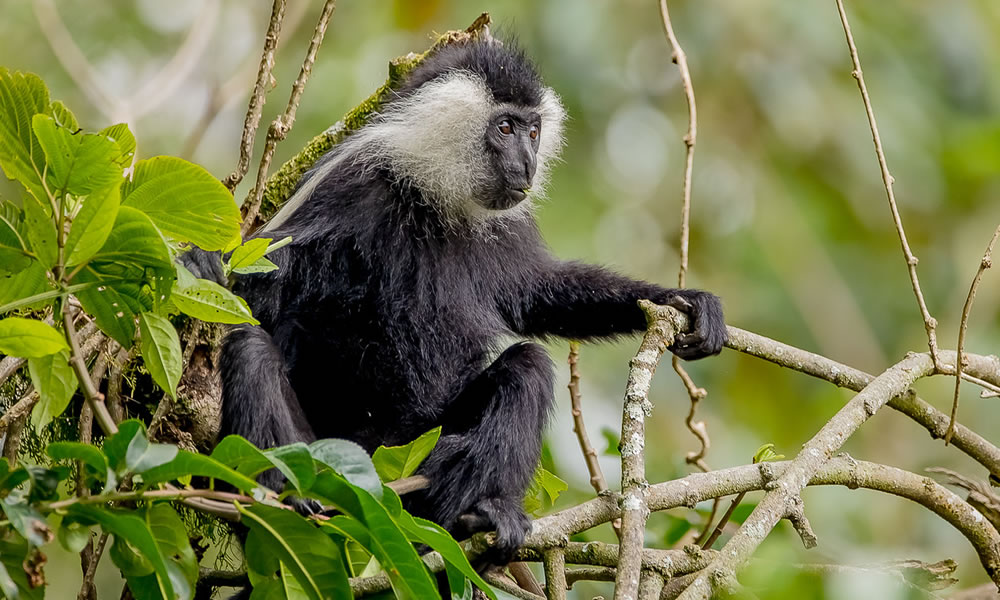Visiting the Nyandungu Urban Wetland Eco-Tourism Park
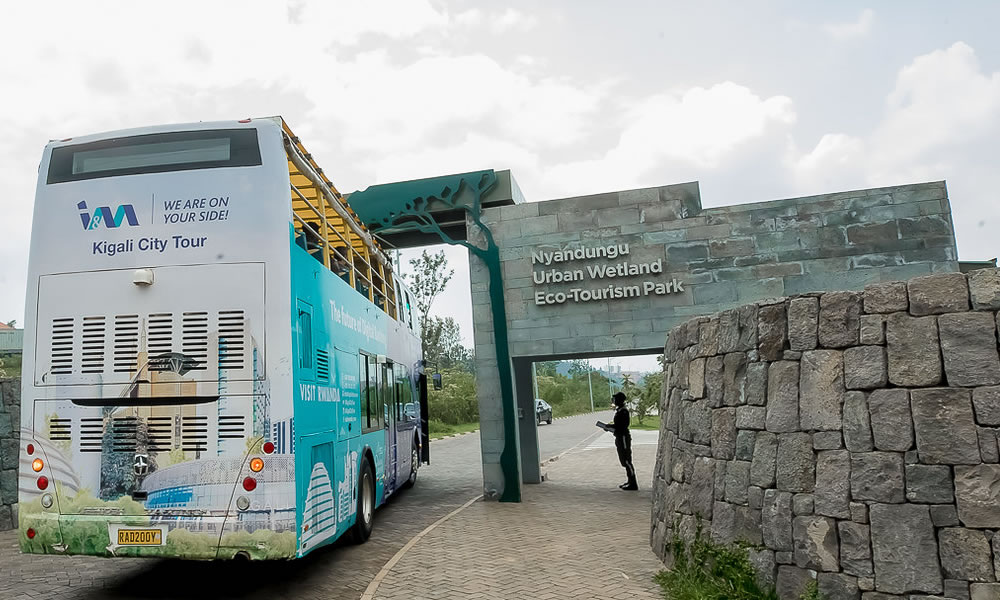
The Nyandungu Urban Wetland Eco-Tourism Park will not only benefit the communities socially and economically, but it will also promote innovative approaches to the preservation and restoration of wetland ecosystems, promote sustainable resource management, and promote livelihood diversification in order to improve the standard of living for the locals. The districts of Gasabo and Kicukiro are separated by Nyandungu Urban Wetland Eco-Tourism Park, which is tucked away in the valley between Kimironko and Masoro-Bumbogo hill in the Ndera sector.
The park, which was finished recently, covers 120 hectares of land. The severely damaged marsh was utilised over time for a variety of human endeavours, such as sand mining and agriculture, which had a detrimental impact on the ecology and posed a major risk to the livelihoods of those who lived nearby. In 2016, the government initiated the sustainable management of the wetland’s natural resources as a means of conserving the ecosystem and its diversity.
As soon as you enter the park, you are greeted by sturdy gates and natural stone pavements at every entrance. The visitor can be guided through the park’s various sections at the nearby information centre. A medical garden showcasing native and indigenous species that have been determined to have medicinal properties greets you next.
The Papal Garden comes next, so named because of Pope John Paul II’s momentous trip to Rwanda in 1990. It is the same location where the Pope delivered his homily to Rwandans thirty years ago. At the time, it was one of Kigali’s biggest open areas, big enough to hold the masses of people who had come to the religious service.
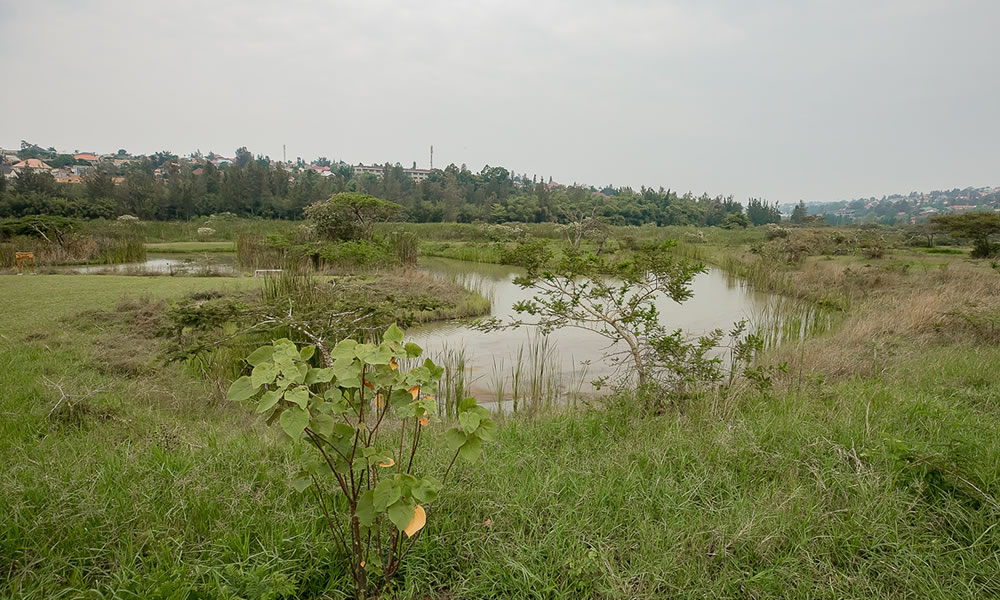
The park is full of many tree types that, in the opinion of environmentalists, are essential in reducing the frequency of floods that have historically occurred in the region. According to conservationists, the park’s species richness will be essential for academics who may visit to study the various species that are present there. Birdlife and a variety of butterfly species have resumed their flourishing in the marsh after the conservation efforts to restore the region were initiated.
The marsh is home to a rising number of bird species; as per the park management, around 70 kinds of birds can currently be found there. In addition to offering shade for the eight km of walkways and designated bike lanes, the fig forest surrounding the park also makes it easier for visitors to navigate the diverse landscape. This implies that the guest can stroll, run, or ride a bike while taking in the peace and quiet of the natural surroundings. Additionally, there are benches where guests can relax and mingle while taking in the remarkably pure air.
Restoring urban ecosystems is the goal of the establishment of Nyandungu Urban Wetland Eco-Tourism Park, which also acts as a model for other wetlands in Kigali and Rwanda as a whole. This ecotourism centre is home to almost 17,000 trees, including 55 native species. A pope’s garden, a medicinal garden, five catchment ponds, an information centre, recreation ponds, a restaurant, ten km of walkways, and bike lanes are all part of the 121-hectare Nyandungu.
The Nyandungu Urban Wetland Eco-Tourism Park is open seven days a week from 6:00 am to 6:00 pm. Since its debut, it has been the most significant addition to Kigali’s public green spaces. Urban wetlands are crucial for lowering pollution and preventing flooding. They safeguard lives and livelihoods while also providing a haven for unique biodiversity. Visitors and locals alike have the chance to learn more about and explore Kigali’s natural surroundings at the Nyandungu Eco-tourism Park. It is a component of the nation’s initiatives to use ecotourism to protect urban wetland systems and restore biodiversity.

